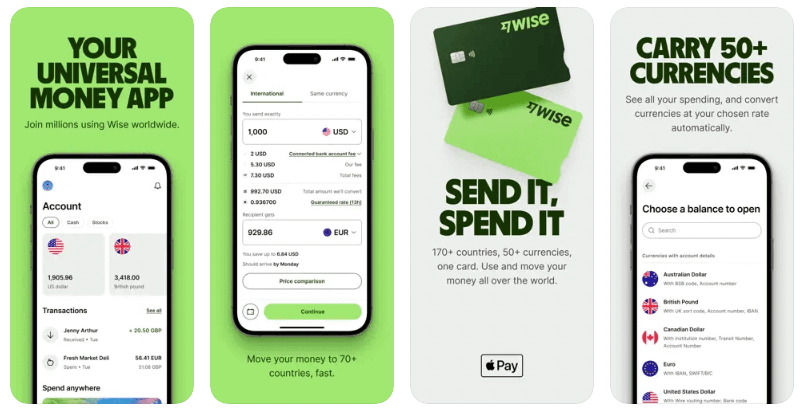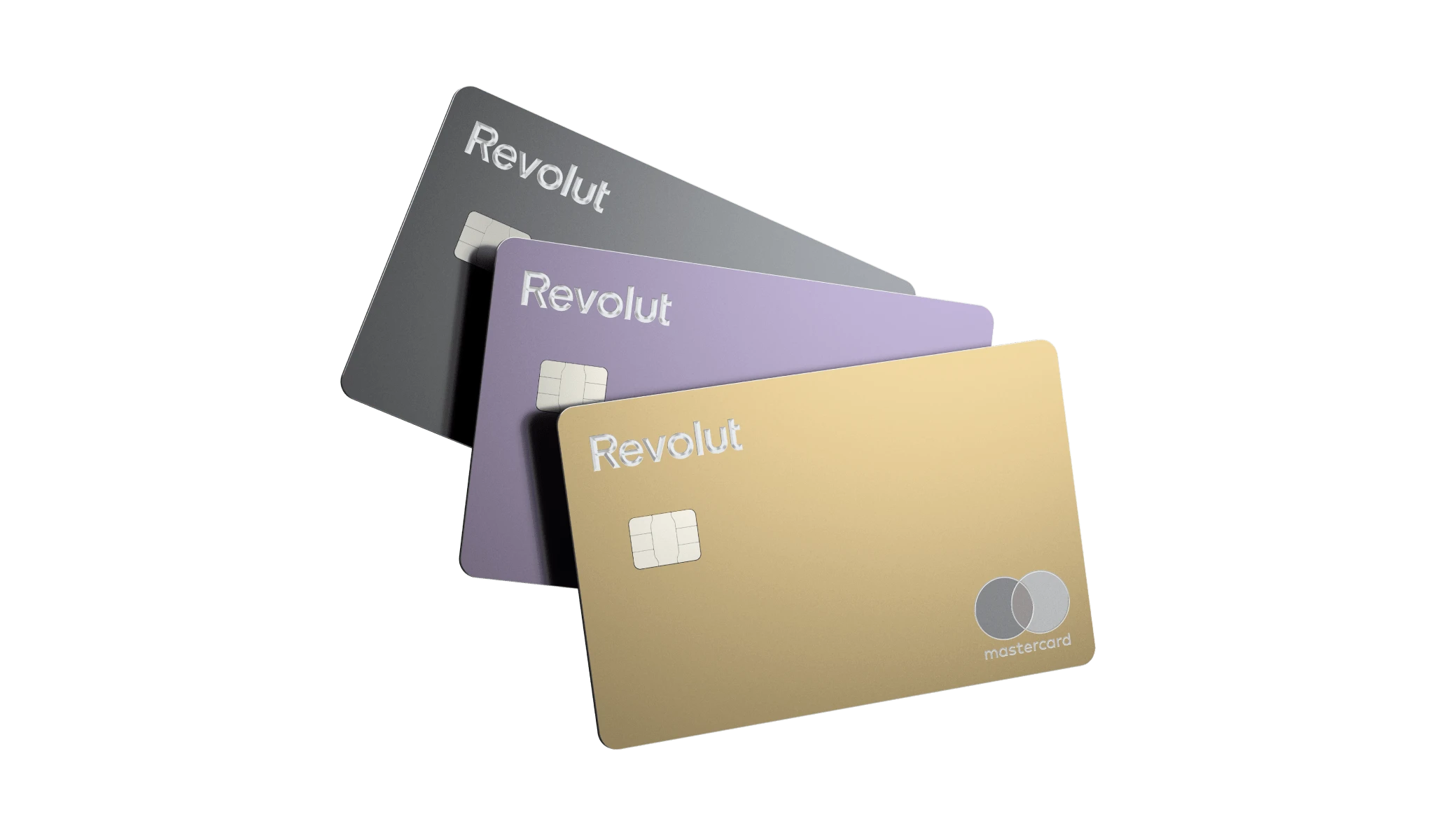How to receive international wire transfer with ANZ – 2025
If you’re an ANZ customer in New Zealand and need to receive money from someone overseas, you’ll have to take a few steps to make sure your payment can be safely and efficiently delivered to your bank account. This guide covers how to receive an international transfer with ANZ, and also touches on a couple of alternatives – Wise and OFX, which may suit you for business or personal usage.
Read our full guide to receiving incoming international wire transfers with ANZ, to learn all there is to know.
Key points: ANZ receive international wire transfer
- You can receive payments to your ANZ account in the currency of the account only – if you’re sent a foreign currency it’ll be converted to NZD for deposit
- There’s a 15 NZD fee for incoming wire payments over 300 NZD in value
- Intermediaries known as correspondent banks may deduct fees while your payment is being processed
- International payments arranged by banks can take 3 – 5 days to arrive in some cases
- Alternative providers like Wise or OFX offer local account details in foreign currencies which let you receive payments with being forced to convert back to NZD every time
| FAQs | Answers |
|---|---|
| Does ANZ charge a fee to receive an international wire transfer? | ANZ has a 15 NZD fee for incoming wire payments over 300 NZD in value, waived for lower value transfers. |
| How long does it take to receive an international wire ANZ? | International wire delivery times vary a lot, from a single business day, to about 5 business days depending on the specific payment. |
| Are there better alternatives to ANZ for receiving international wire transfers? | With alternative providers like Wise or OFX you can get local account details to receive foreign currencies without needing to convert back to NZD. More on that later. |
How to receive international wire transfer to ANZ: Step-by-step instructions
Receiving a payment from overseas with ANZ is pretty straightforward. The person sending the payment will need your personal and account information to give to their own bank. The sender’s bank can then arrange the transfer which will be converted to NZD and deposited to your ANZ account. Here’s an overview:
Step 1: Give the sender your ANZ account information
The basic information needed by the person sending you a payment includes your name and address, your account number, and the ANZ SWIFT/BIC code.
Step 2: Agree who will pay the transfer costs
If you’re expecting to receive a fixed amount in the payment, you may want to ask the sender to cover the transfer costs including intermediary fees and the ANZ fees for receiving your payment. Otherwise, fees could be deducted as the transfer is processed, which may mean you get less than you expected in the end.
Step 3: Wait for the money to be deposited into your ANZ account
The sender can then arrange the payment, and once it has been processed it will be deposited into your ANZ account. The transfer time can vary a lot depending on the originating bank and country. Some payments can settle within a business day, others may take up to 5 business days to arrive.
ANZ fees to receive international wire transfer
There’s a charge to receive your ANZ payment in some cases. Here’s an overview
| ANZ incoming international wire transfer fee | |
|---|---|
| Transfer under 300 NZD in value | Fee waived |
| Transfer over 300 NZD in value | 15 NZD |
| Currency exchange fee | A fee – known as a markup – may be included in the exchange rate used to convert your payment to NZD for deposit |
Alternatives to ANZ to receive international wire transfer
If someone is sending you money, you don’t necessarily need to receive it to your ANZ account. Using a multi-currency account to receive payments in foreign currencies can be flexible and cheap, and allow you to hold or exchange the payment as you wish. Non-bank providers like Wise, Revolut and OFX support multiple currencies and can be selected for business or personal use, depending on the provider you decide to go with.
Here’s an overview of these providers based on some key features. There’s more coming up about each in just a moment.
| Wise | Revolut | OFX | |
|---|---|---|---|
| Eligibility | Personal and business customers | Personal customers | Business customers |
| Supported currencies for holding | 40+ including GBP, EUR and USD | 25+ including GBP, EUR and USD | 7 including GBP, EUR and USD |
| Local and SWIFT account details | Local and SWIFT account details available in 8+ currencies | NZD account details provided | Local account details for 7 currencies |
| Fee to receive money |
|
No fee | No fee |
| Exchange rate | Mid-market rate | Revolut rate with no additional fee, to plan limit – fair usage and out of hours fees may apply | Exchange rates may include a markup |
Wise account
The Wise Account is available for personal or business customers, and can be used to receive, hold, send, spend and exchange a broad selection of currencies. Your account offers ways to get paid in select currencies with local and SWIFT account details, often with no incoming payment fee. You can then use your linked debit card to spend online and in person, with currency exchange which uses the mid-market exchange rate with low conversion fees from 0.33%. You can also send payments to others from your Wise balance, or withdraw your money back to your NZD bank account if you want to.
Business customers get similar perks to personal customers, plus some extras like batch payment solutions and cloud accounting integrations.

OFX
If you need an account for your business, the OFX Global Currency Account is a popular option, with 7 currencies supported for receiving, holding and exchange. Your account comes with local account details to take customers payments or to get paid through PSPs and marketplace sites in major foreign currencies. This makes it a good choice for online sellers working with international customers. There’s no debit card with this account, but you can send or withdraw your funds whenever you want to – with no fee for higher value transfers. If you’re sending a payment of under 10,000 NZD there’s a fee of 12 NZD, and all exchange rates include a small markup as well.
Revolut
Revolut offers digital accounts which support 25+ currencies, and which come with NZD account details to receive payments from abroad. When you receive a payment it’ll be converted to NZD for deposit to your account, but you can then leave your balance in NZD or convert to another supported currency for spending if you would like to.
Revolut personal customers in New Zealand can choose from 3 different account tiers depending on needs, all of which come with a linked debit card and some no fee currency conversion every month.

What information is needed to receive a wire transfer to ANZ
To receive an international wire transfer to your ANZ account you must give the sender some important information. Having incorrect or incomplete information may mean the payment is delayed, rejected or deposited into the wrong account. Here’s what you need:
| Information needed to receive an international wire transfer to your ANZ account |
|---|
|
ANZ SWIFT code for international transfers
The ANZ SWIFT code is needed to make sure your money is deposited into the right account. It’s a unique identifier which guides the payment from the sender’s bank overseas to your ANZ account in New Zealand.
| ANZ SWIFT code |
|---|
| ANZBNZ22
If the other party requires an 11 digit SWIFT, use ANZBNZ22XXX |
How to find ANZ SWIFT code
If you’re not sure of the correct SWIFT code for a particular ANZ payment, you can find the code required in your online or mobile banking system, on an account statement, or by calling the bank directly.
ANZ receive limits for incoming international wires
There’s not usually a limit on the amount of money you can receive as an incoming payment to ANZ. However, the exact limits can vary depending on the specific account you have, so if you have a large payment on the way it may be worth checking with the bank directly to ensure there are no issues with receiving your money.
How long does it take for ANZ to receive an international wire transfer?
The length of time it takes to receive a payment to ANZ New Zealand will depend a lot on the bank which is sending the payment in the first place. Generally banks use the SWIFT network to process international payments, which can take up to 5 days to process a transfer. SWIFT payments usually go through one or more intermediary banks before they arrive in the destination account – this can take some time, and may also mean that additional fees are deducted from the transfer as it passes through the system.
If you’re looking for a quicker transfer you might want to ask the sender to use a non-bank service like Wise. Transfers sent with Wise often arrive instantly, and 90% are in the recipient’s account in 24 hours. This is because Wise uses its own payment network to process payments without SWIFT, cutting out cost and making the process more streamlined.
How to track an incoming international wire transfer with ANZ
If you want to check on the progress of the money that’s winging its way to you, you’ll need to ask the sender to log into their bank account and track the payment on your behalf.
What can you do if your transfer is not delivered yet?
In the first instance it is worth asking the sender to have their bank track the payment to see what has happened to it. You can also ask ANZ if they have any information on the transfer. Ultimately, the sender’s bank can put a trace on the wire transfer if it has been misdirected, but there is likely to be a fee to pay for this service. Talk to your local ANZ branch for advice if you’re not sure what to do about a missing payment.
Conclusion: ANZ incoming international wire transfer
You can receive incoming international transfers to ANZ, but you might find there’s a fee to pay. Transfers over 300 NZD in value attract a charge of 15 NZD, and because the payment is converted back to NZD before being deposited there may also be charges added into the exchange rate used for conversion.
As an alternative, you might want to look at accounts which offer local account details, such as the Wise account or the OFX Global Currency Account. These options let you pass the sender local account details in their home currency, so they can send a local payment which is received to your account in the foreign currency. You can then hold your balance in the foreign currency, convert and withdraw the money, send it to others, or spend it. This gives flexibility and often means lower costs in the end.

